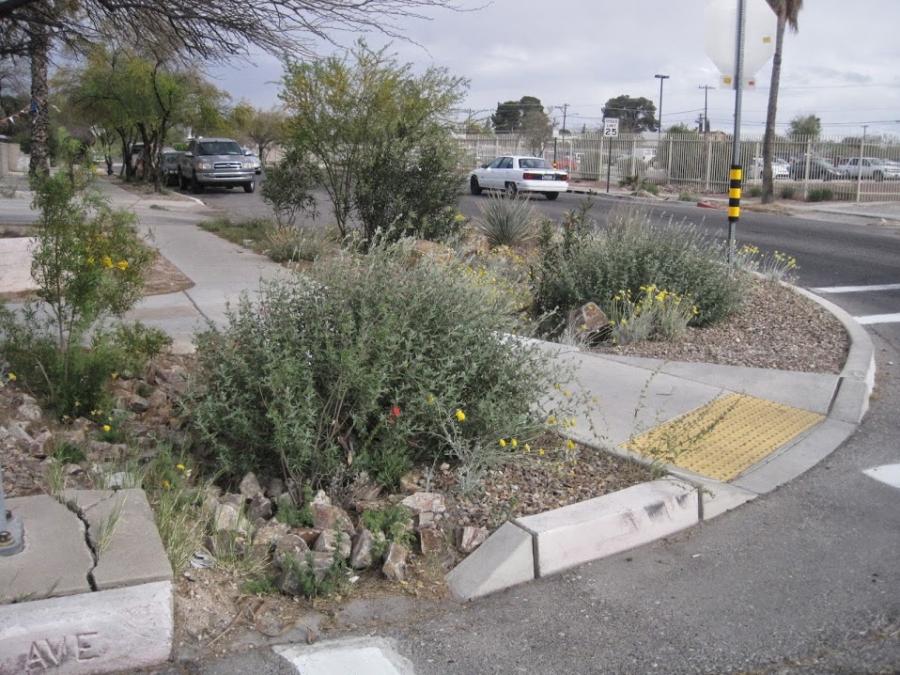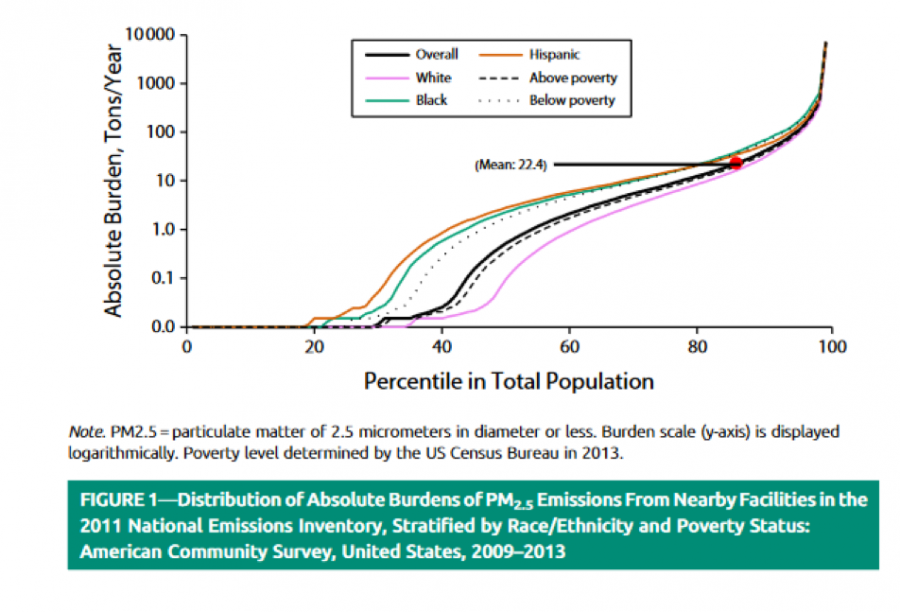As an interdisciplinary researcher, I am interested in the relationships between people, place, and their environment. I ask questions focused on how environmental inequity manifests within and across green stormwater infrastructure (GSI)—a type of greenspace for stormwater management—with respect to urban planning. In particular, I look at GSI’s interaction(s) with the cultural histories and landscapes of Black urban residents. This work grew out of a realization that the perspectives and attitudes of people of color were missing from much of the stormwater management literature. This absence led me to integrate an environmental justice (EJ) lens into my science.
In my SESYNC research, I’m examining the processes and criteria that cities use to place GSI, what environmental equity metrics that cities have integrated into that process, and how well ecosystem services identified by cities align with residents’ perspectives of those services. As cities increasingly implement GSI at larger scales through various vacant lot, greening, and stormwater programs, GSI can have significant negative effects on the disenfranchised residents that the infrastructure is ironically trying to help. For example, declines in available and affordable housing is one consequence many disenfranchised residents may see, so it is important to know if and how cities are managing and working to minimize such effects. This work is the first step in deconstructing former and current urban planning processes that disproportionately impact these residents.

What Is Environmental Justice?
The EJ movement emerged in the late ‘60s to ‘80s from community activism and organizing that included several lawsuits and protests against the siting of landfills and other toxic waste facilities in a predominately Black communities in Warren County, South Carolina. When research led by the United Church of Christ Commission on Racial Justice (UCC) established a link between the siting of environmental hazards as a discriminatory practice, environmental coalitions pushed even harder against the landfills that eventually spurred a national environmental justice movement. Dr. Robert Bullard’s research on environmental racism further cemented this work with his 1990 book Dumping in Dixie, which investigated the over-siting of landfills in Black neighborhoods. (You can read an interview with Dr. Bullard online.) He is often cited as the Father of Environment Justice, and our very own Director of Interdisciplinary Programs Dr. Johnathan Kramer had the pleasure of meeting him recently.
Why STEM Needs Environmental Justice
Incorporating an EJ lens into environmental research is critical for everyone, but especially for those of us in STEM. It is common practice in STEM to approach studying people and the environment as separate entities, but we are as much a product of our environment as we are a driver. Unfortunately, not everyone has a choice in deciding their environmental conditions, or has access to fully participating in the shaping of their environment—even though they are experiencing its effects. When we evaluate the locations of environmental hazards and high-quality greenspace, landscaping, or even conservation efforts, it is not by coincidence that predominately white communities across the country experience lower exposures to environmental hazards and have well-maintained recreational space like parks, trails, lakes, or swimming pools.
As a researcher, environmental justice enriches our work by empowering us to ask questions that go beyond our typical models or analyses. EJ encourages the scientist to engage and center individuals who are rarely considered the stakeholder or decision-maker, when in fact, these folks have a lot to say and are acutely aware of how environmental or conservation planning effects their lives. In fact, recent research demonstrates how important these considerations are as environmental inequities continue to persist and disproportionally affect oppressed communities across the US. For example, a recent article revealed an unequal distribution along race and poverty status for the effects of PM2.5 emissions. Researchers found that Black residents experienced a greater burden from these emissions at a rate of 1.54 times the overall population, compared to 1.35 times for those in poverty. Former SESYNC postdoc Dr. Dexter Locke showed how the racist home lending practices of the '60s-'90s (called redlining) have resulted in reduced and poorer quality tree canopy cover in redlined neighborhoods. While still other researchers demonstrated how discriminatory practices in housing resulted in Black residents disproportionately experiencing higher heat exposure than their white counterparts. There are many more examples detailing the ways environmental injustice has been embedded into planning, language, and practices that disproportionality affect Black communities and residents, but this is also a piece to inspire, motivate, and share a few thoughts on how we move forward and where we go.

So Where Do We Go From Here?
As climate change exacerbates issues of environmental inequity, I think there are two critical steps to breaking through the disparities in the distribution of environmental resources and services:
- A recognition that environmental disparities based on race exist
- Methods and practices in science that prioritize systematically oppressed communities are needed and we must use them in our own research.
I ultimately hope my research establishes pathways that do both of these things while creating pathways for others to do the same. As I work to bring forward and center the needs, perspectives, and lives of oppressed communities, their relationship to nature, and the value they bring to the environment, I hope writings like this inspire, encourage, and demonstrate to readers like yourself how integrating environmental justice brings value and nuance to any environmental research.
If you’re interested in learning more about environment justice or how to apply an EJ lens to your research, questions, or methodologies, there’s a lot of great folks whose work both inspires and excites me for both applied and theoretical applications of environmental justice and equity.
People
- Dr. Chelsea Frazier explores the relationships between Black women and their environment through art, activism, and literature.
- Dr. Louie Rivers researches decision-making among disenfranchised communities in the context of environmental risk and judgement.
- Dr. Dorceta Taylor pioneered scholarship in environmental justice and racism as an environmental sociologist.
Books
- Where do we go from here: Chaos or Community? by Martin Luther King Jr. His last book before his assassination, King reflects on the Civil Rights Movement, the progress made, and the progress still to go.
- Toxic Communities: Environmental Racism, Industrial Pollution, and Residential Mobility by Dorceta Taylor
- Defining Environmental Justice by David Schlosberg
Articles
- "Troubling Ecology: Wangechi Mutu, Octavia Butler, and Black Feminist Interventions in Environmentalism" by Chelsea M. Frazier
- "Environmental Justice for all: Community Perspectives on Health and Research" by Robert D. Bullard Ph.D., Beverly H. Wright
Dr. Hoover uses she/her pronouns and you can follow her on twitter @EcoGreenQueen for musings on environmental activism, equity and the occasional meme.